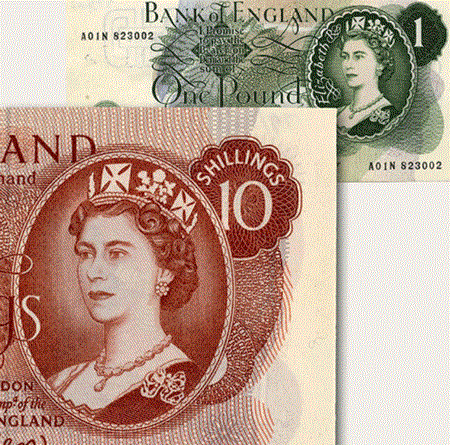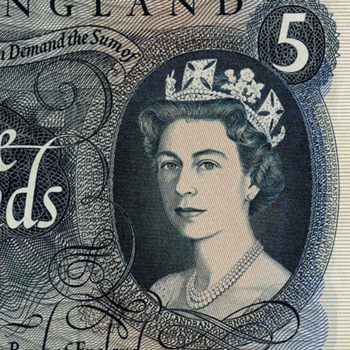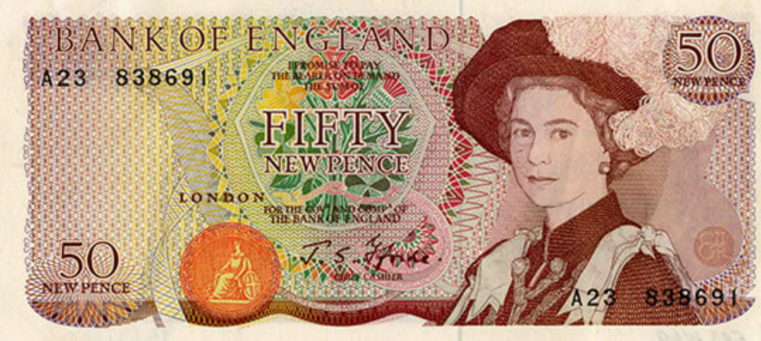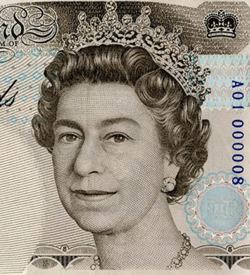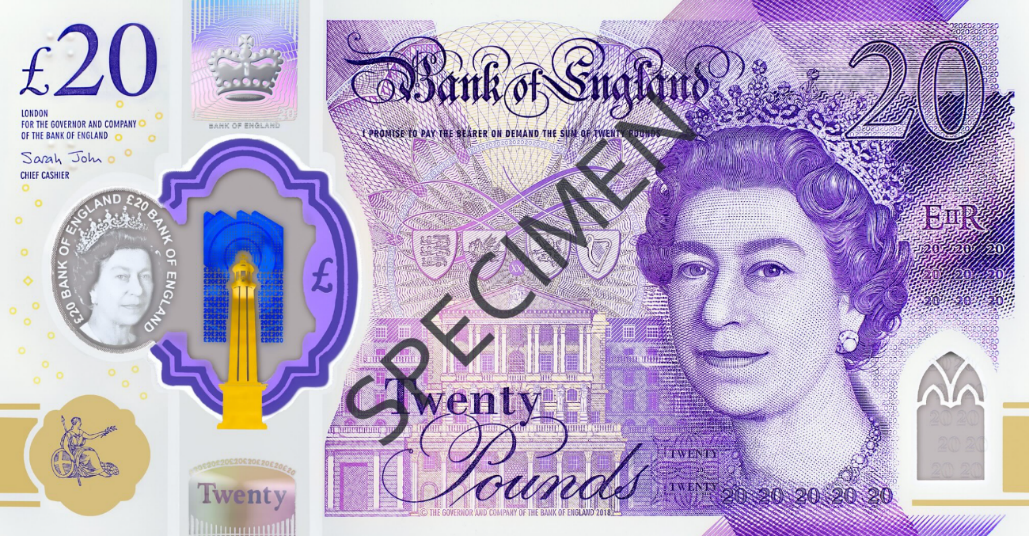Blog
Alice Beagley, Museum Officer
On 6 February 2022, Queen Elizabeth II became the first British monarch to celebrate a Platinum Jubilee, marking 70 years on the throne. This June marks the 70th anniversary of her coronation, and we join the rest of the country and world celebrating her remarkable achievements as Queen.
You might be used to seeing the Queen’s portraits on banknotes, but did you know the Queen is the only British sovereign to have appeared on banknotes issued by the Bank of England?
Let’s roll back the years and find out how it all began…
In 1956, the Treasury granted permission for a new series of banknotes to feature the Queen’s portrait. The first banknote including her portrait was the £1 note issued on 17 March 1960, followed by the ten shilling (10/-) note in 1961.
On both these banknotes the Queen is wearing the Diamond Diadem, a jewelled crown which she also wore on the way to her Coronation in June 1953.

